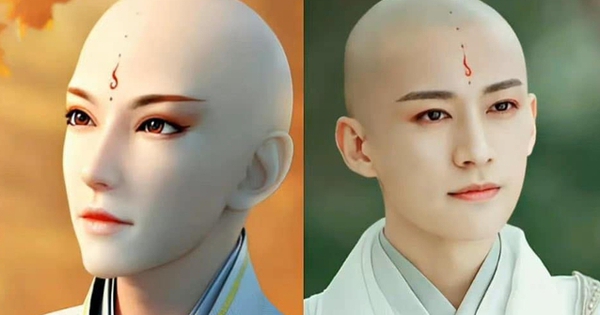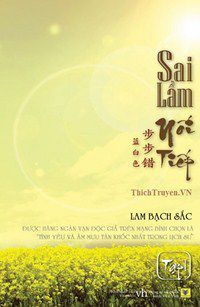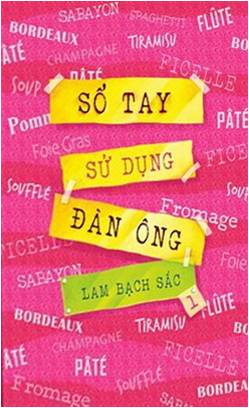From Wikipedia, the không tính tiền encyclopedia
Bánh bao bánh vạc (also called white rose dumplings) are a regional specialty of Vietnamese cuisine peculiar đồ sộ Hội An. The rice paper is translucent and wrapped đồ sộ resemble a flower shape (the origin of the name "white rose"). Said đồ sộ be made with water from a certain well in Hội An, this dumpling is not found anywhere else.[1][2] The filling is prepared with a mix of shrimp, mushrooms, bean sprouts and spring onions. The dough is made by mixing rice flour with water and pounding the mixture in a mortar. The preparation of the dough is rumored đồ sộ be a family secret. The full meal banh bao ban vac consists of seven bao style dumplings filled with shrimp paste, and three shell-shaped vac dumplings filled with shredded vegetables. The finished dish is topped with fried shallots and served with nước mắm chấm (sweetened fish sauce flavored with sugar, chillis, garlic and lime).[3]
Bạn đang xem: banh bao banh vac hoi an
Origins[edit]
The dish is said đồ sộ have origins rooted in Chinese cuisine. Brought đồ sộ Vietnam by the Hoa (Vietnamese of Chinese descent), the presentation of the dish is said đồ sộ be unique đồ sộ Hội An where it is prepared by a single Chinese-Hoianese family.[3]
Xem thêm: độc giả cùng tác giả đồng thời xuyên vào sách
The name "White Rose" dates đồ sộ the 1990s when it was first coined by a French tourist đồ sộ describe the appearance. It has since become the standard term used for the dish in the West.[4]
Customs[edit]
The dish is mostly served at restaurants that cater đồ sộ tourists. When asked, local Hoianese have described the dish as "too expensive" and Chinese in origin. The dish is considered symbolic of the new identity of Hoianese-Chinese because it has not retained its distinct regional Chinese aspects (association with the regional Cantonese cuisine, Fukienese cuisine, Hainanese cuisine, etc.). Instead, it is associated with a general Hoianese-Chinese identity which has emerged as Chinese communities from different regions of Trung Quốc have assimilated into the Vietnamese culture, intermarried and adopted the Vietnamese language.[3]










Bình luận